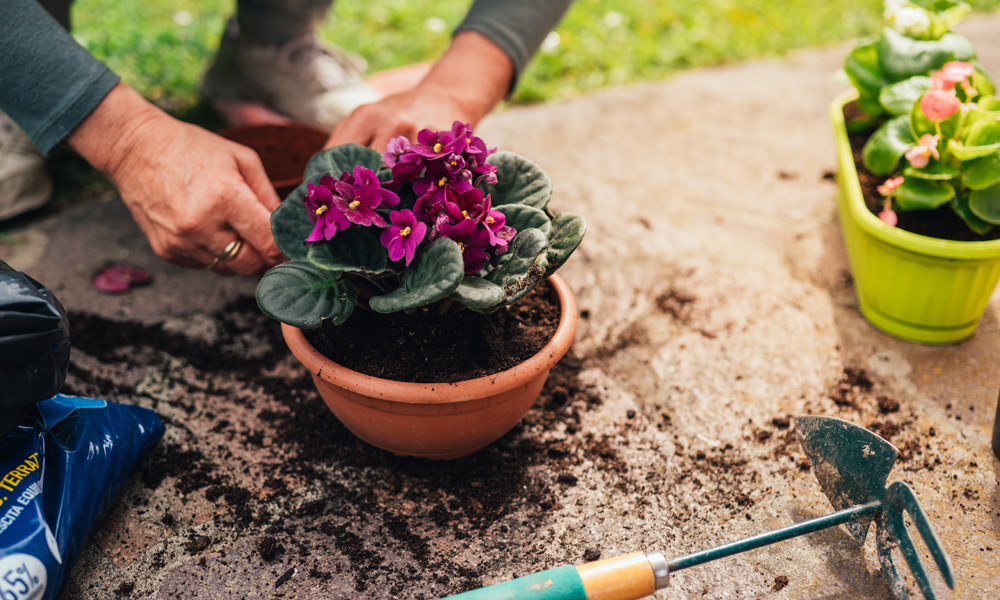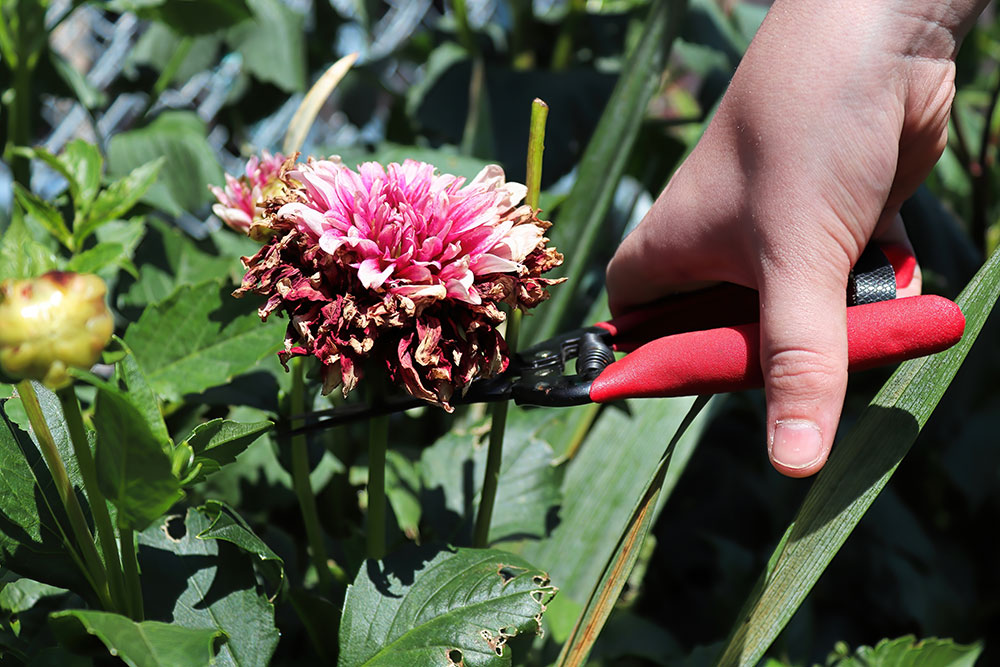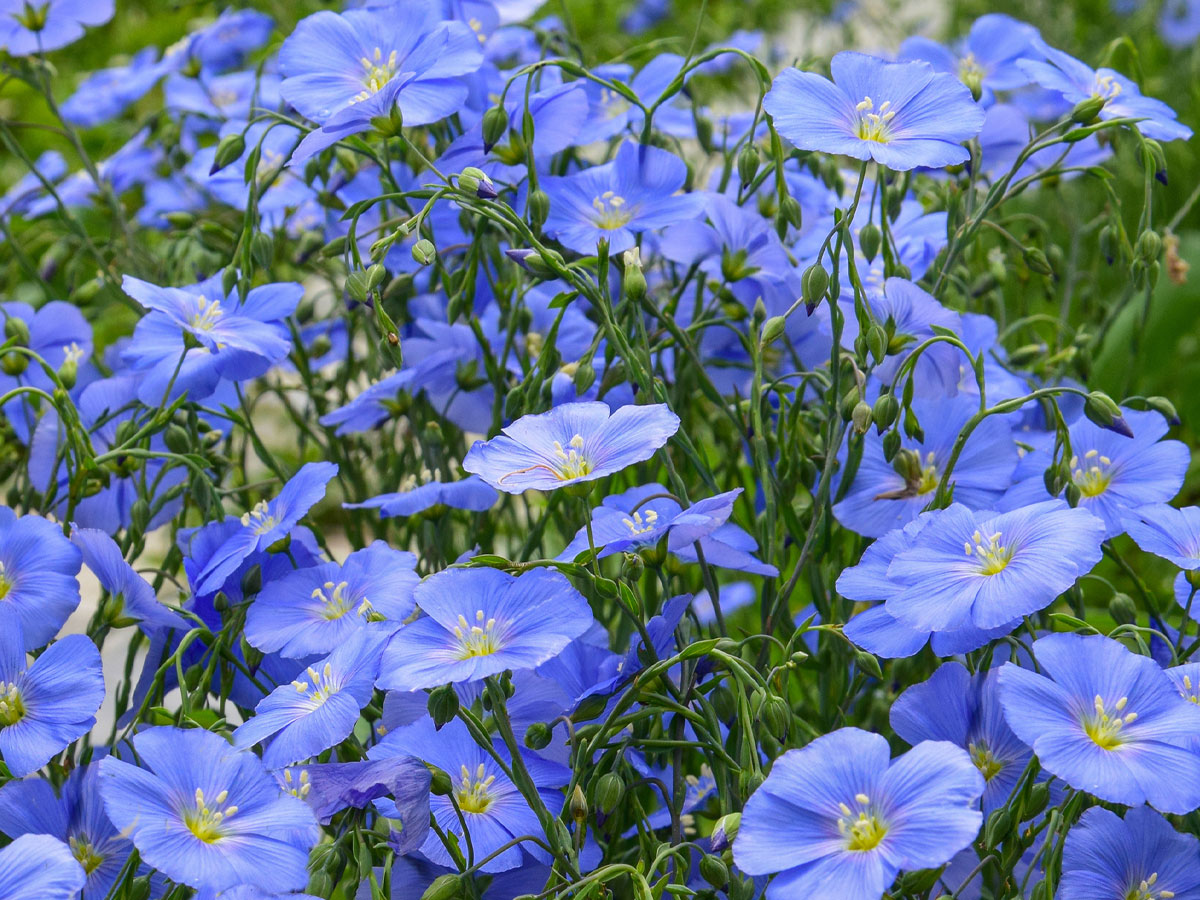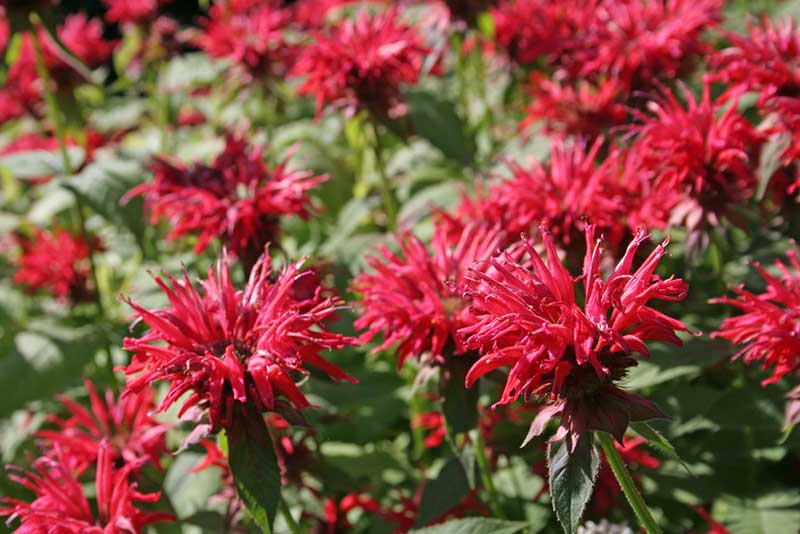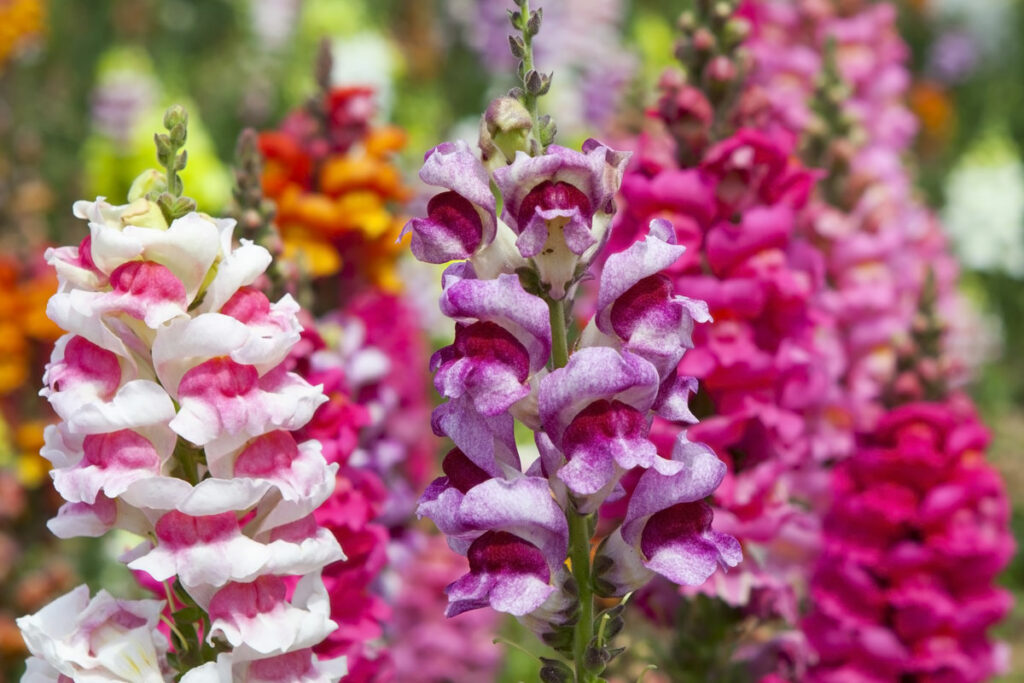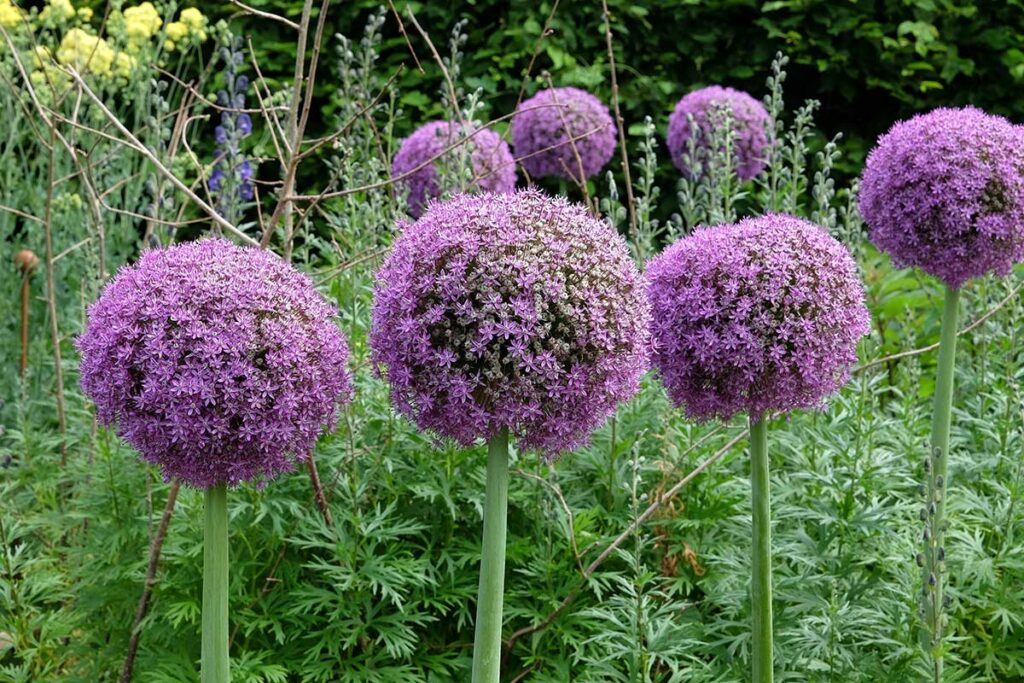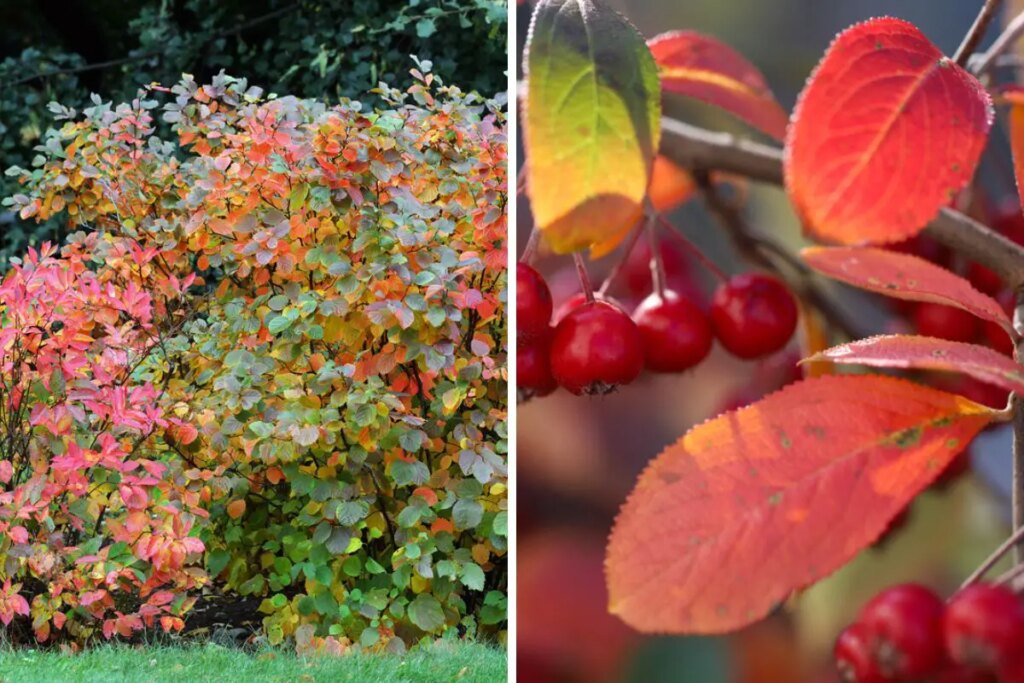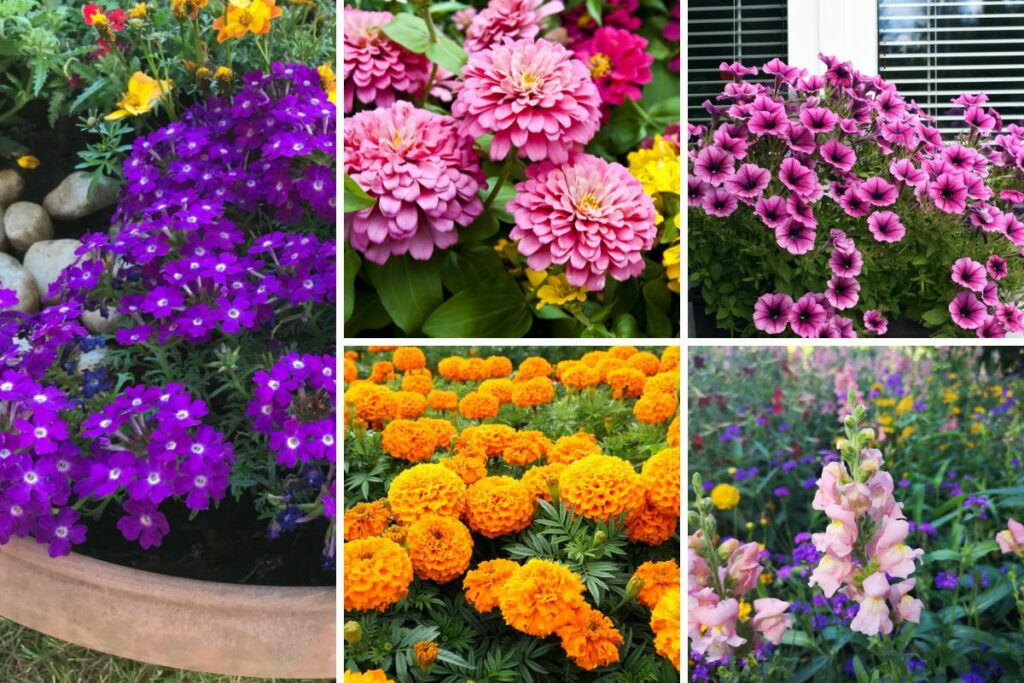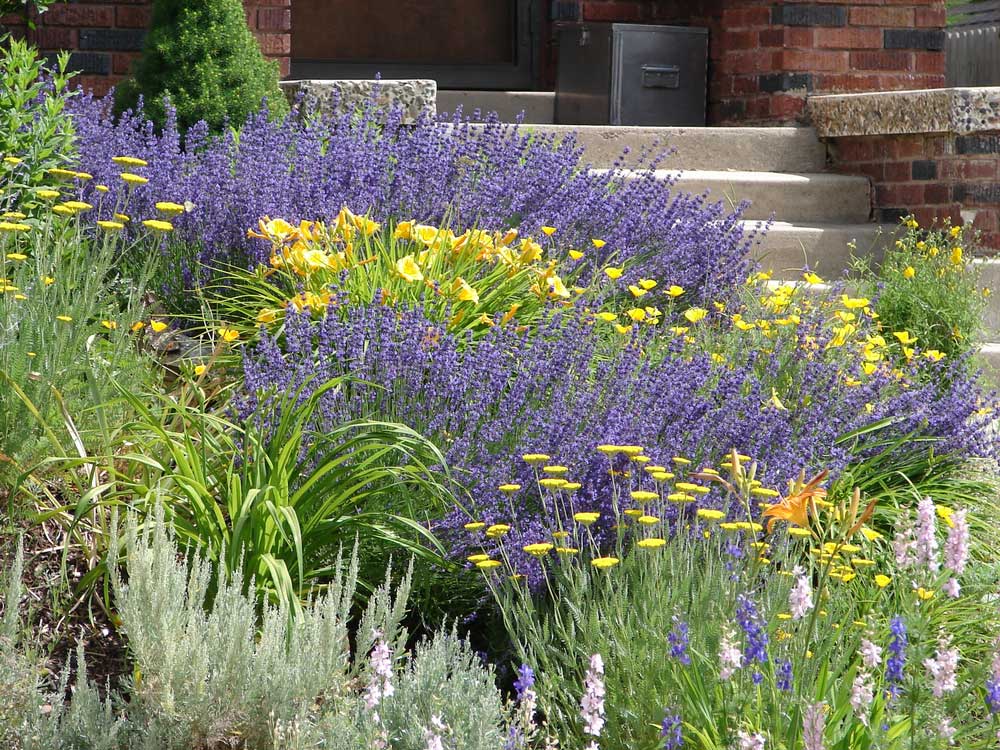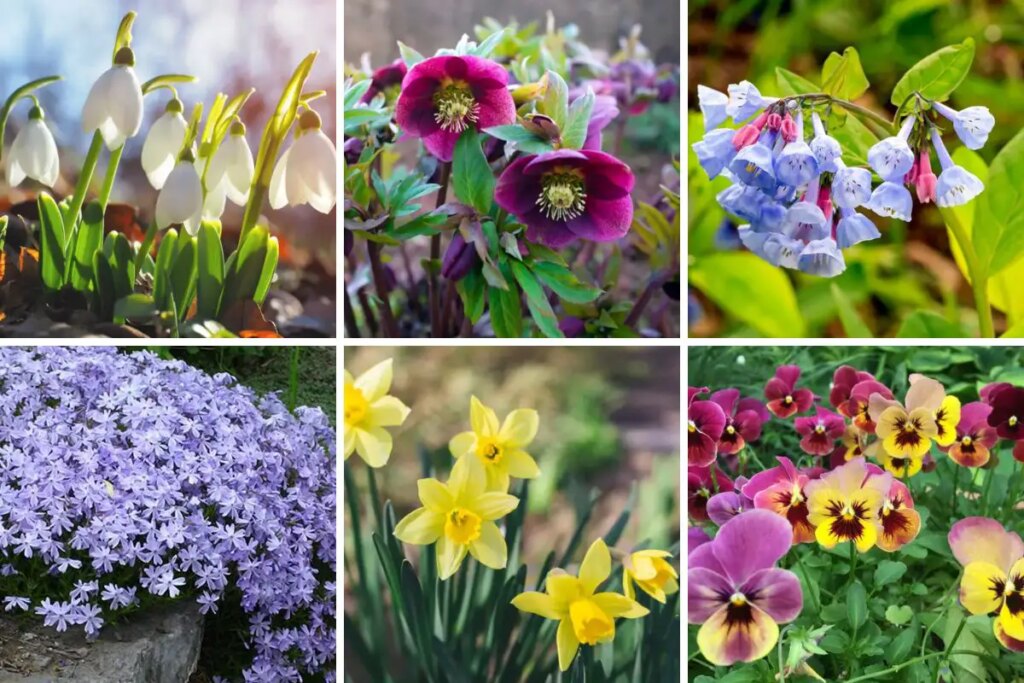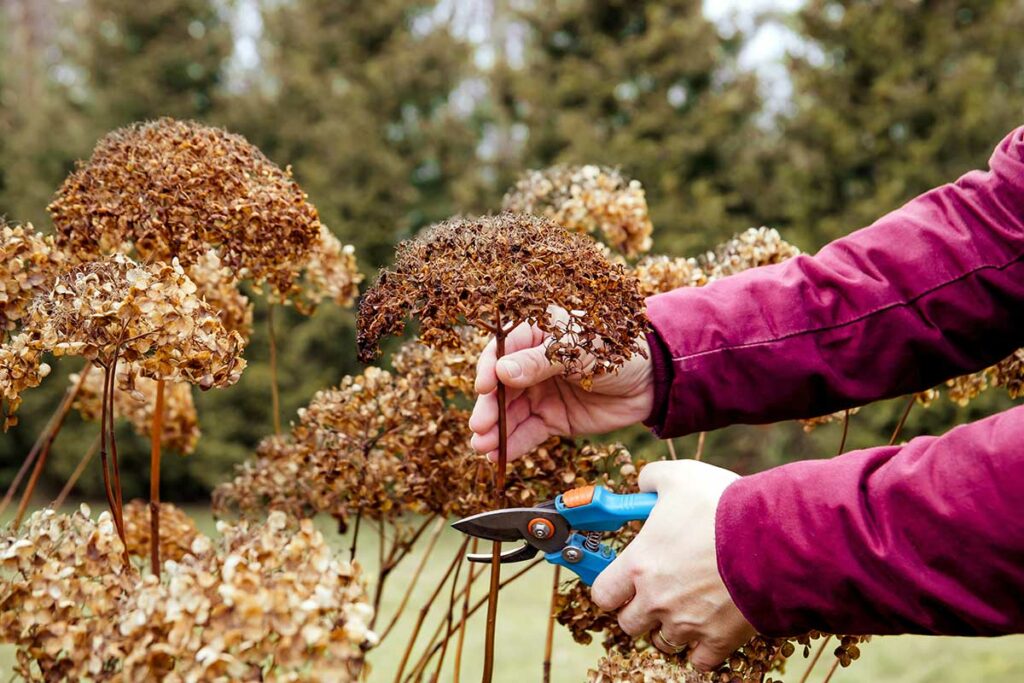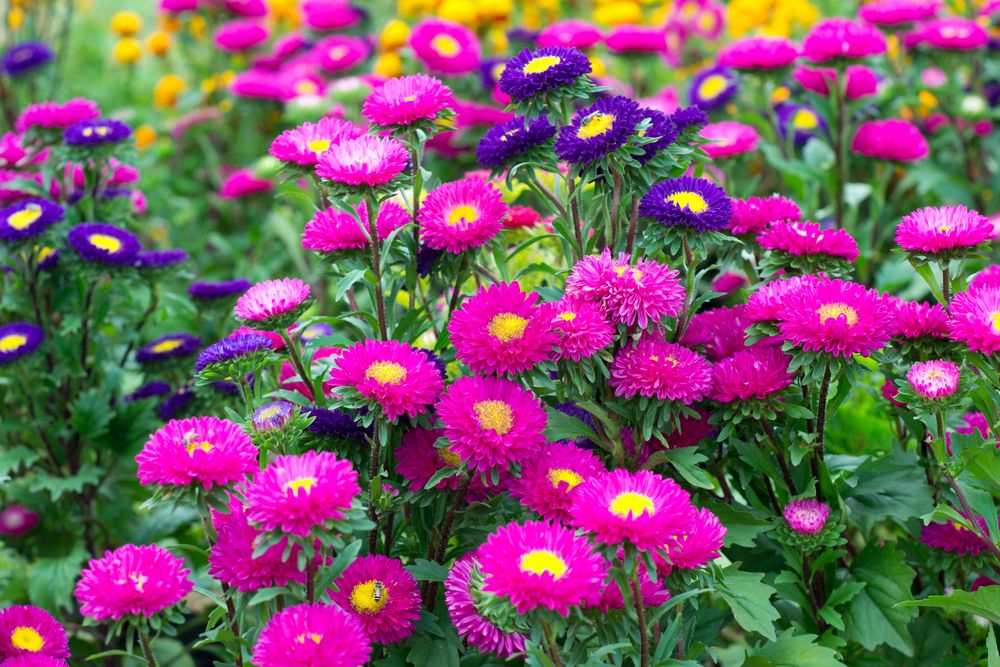
Asters are a beautiful and versatile addition to any garden, bringing a burst of color and life to your outdoor space. With their vibrant hues and delicate petals, these perennial flowers instantly brighten up your landscape while also providing numerous benefits to you and the environment.
Let’s explore five compelling reasons why planting Asters is an excellent choice for your garden.
Not only do Asters add visual appeal to your garden, but they also attract beneficial insects and pollinators like bees and butterflies. This helps support local ecosystems and maintain biodiversity.
Furthermore, these resilient flowers are low-maintenance and thrive in various conditions, making them a perfect addition for both novice and experienced gardeners alike.
By planting Asters, you’ll create a stunning display that lasts from late summer to fall, ensuring that your garden remains vibrant and colorful even as other flowers begin to fade. Not to mention, their hardy nature means they can withstand a range of temperatures and still bloom beautifully.
Read on to discover the five reasons why incorporating Asters into your garden will bring a multitude of benefits to both you and the environment.
Reason 1: Enhances Garden Beauty
Vibrant Colors
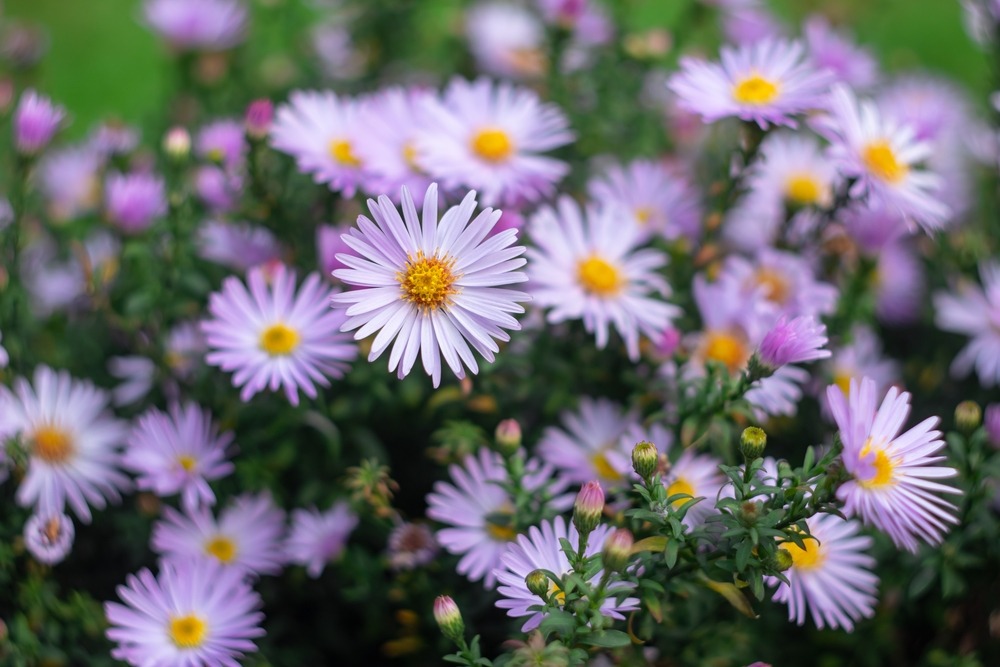
Asters bring life to your garden with their incredibly vibrant colors. These flowers bloom in a range of bright hues, including purple, pink, blue, and white. As they flower during late summer and fall, they offer a fresh burst of color when other plants are starting to fade. With Asters, you can bring a brilliant splash of your favorite shades to your backyard, making it an even more delightful and aesthetically pleasing space.
Variety of Species
A significant advantage of planting Asters is the sheer variety of species available. With over 250 species to choose from, you’ll easily find the perfect selection to suit your garden’s design and personality. Each species offers its unique contribution, from the tall and striking New England Aster to the compact and charming Wood’s Pink Aster.
Whether you have a small, cozy garden or a large, spacious one, Asters can enhance its beauty through their diversity in size, shape, and color. Your garden can truly become a canvas for showcasing the abundant splendor these flowers have to offer.
Reason 2: Promotes Pollination
Pollination is an essential process for the survival and growth of your garden. Asters can help you promote this by attracting various pollinators and supporting biodiversity. Let’s take a closer look at how planting Asters can play a significant role in promoting pollination.
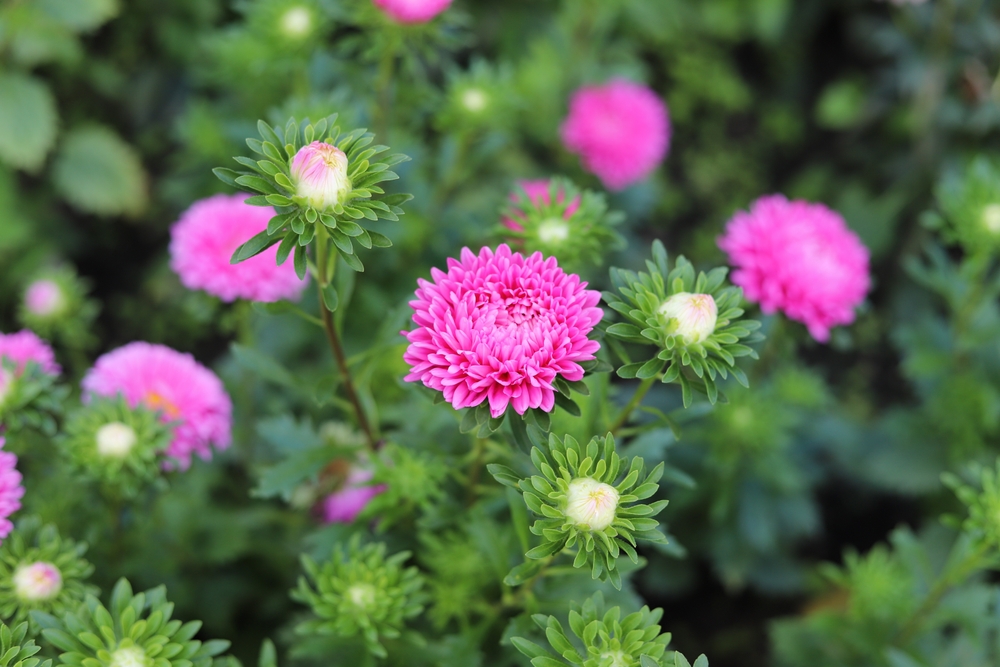
Attracts Beneficial Insects
By planting Asters in your garden, you’re inviting a variety of beneficial insects. These insects, such as bees, butterflies, and hoverflies, are vital for the pollination of your flowers and crops. They transfer pollen from plant to plant, fertilizing them and ensuring the production of seeds and fruits.
Moreover, some insects attracted by Asters can also help control pests, like predatory wasps that prey on common garden nuisances. In this way, you’re creating a healthier ecosystem for your plants to thrive in.
Supports Biodiversity
Asters are excellent for supporting biodiversity in your garden. By providing nectar and pollen for a range of insects, they contribute to a healthy and diverse community of pollinators.
A biodiverse garden is not only visually appealing but also beneficial for the environment. It helps maintain the balance of natural ecosystems and ensures that the proper colonization of plants and habitats occurs.
In summary, planting Asters in your garden can have a positive impact on promoting pollination, attracting beneficial insects, and supporting biodiversity. Make sure to include these beautiful flowers in your garden plan and enjoy the benefits they bring to your outdoor space.
Reason 3: Easy to Cultivate
Asters are a fantastic choice for your garden, not just for their beauty, but also because they are fairly easy to cultivate. Let’s dive into some of the factors that make cultivating Asters a breeze.
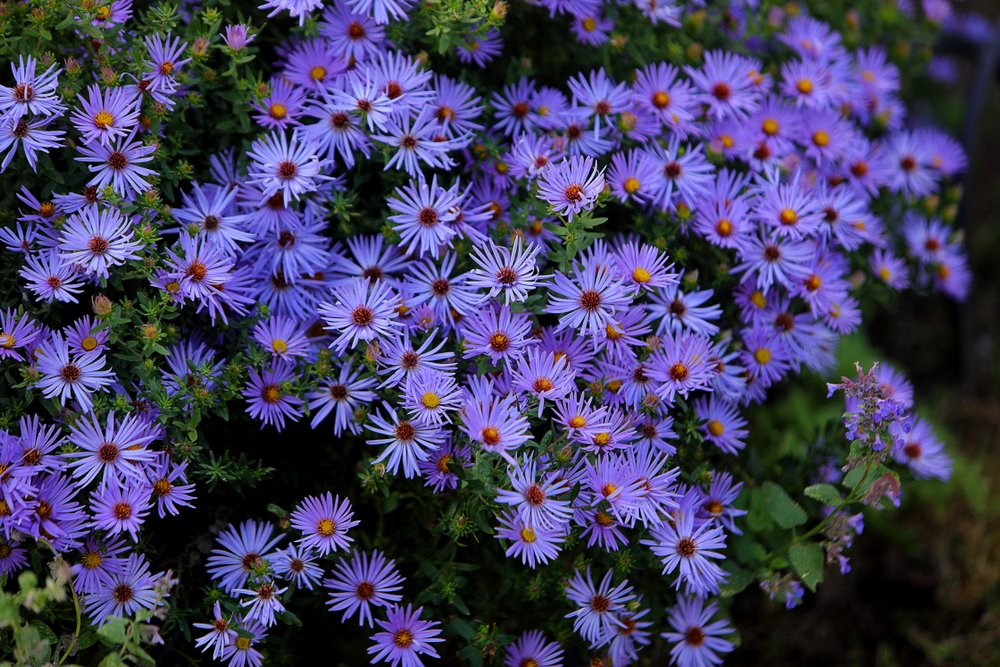
Low Maintenance Needs
A standout feature of Asters is their low maintenance needs. Unlike many other plants, they don’t require constant attention in the form of pruning, watering, and fertilizing. You simply need to make sure they receive:
- Sunlight: Asters need about 6 hours of sunlight a day, so make sure they are planted in a sunny spot in your garden.
- Watering: They prefer well-drained soil, but you should still water them regularly to keep the soil slightly moist.
- Fertilizing: Apply a balanced, slow-release fertilizer once or twice a season. This will keep them thriving and producing beautiful blooms.
High Adaptability
Another great feature that makes Asters easy to cultivate is their adaptability. They can grow in various conditions, making them suitable for different types of gardens and climates. Here are some key highlights on their adaptability:
- Soil types: Asters can grow in a range of soil types, including loamy, sandy, and clay soils. Just make sure the soil has good drainage.
- Climate zones: They can thrive in USDA Hardiness Zones 4 through 9, making them a versatile choice for gardens across a wide geographic range.
- Growing seasons: Asters bloom from late summer to early fall, and are frost-tolerant, which means they can withstand lower temperatures without being damaged.
Cultivating Asters is straightforward due to their low maintenance needs and high adaptability to various conditions. Be sure to plant some in your garden, and enjoy their beautiful blooms for many seasons to come.
Reason 4: Offers Health Benefits
Contains Healing Properties
Asters are not just beautiful, they also offer several health benefits. One significant advantage is their healing properties. You may be surprised to learn that these lovely plants can help in treating various ailments. For instance, they have been traditionally used to soothe skin irritations, muscle aches, and even minor burns. Simply applying a little Aster-infused oil or balm on the affected area can provide relief.
Aids in Stress Relief
Another reason to consider planting Asters in your garden is their ability to aid in stress relief. In today’s fast-paced world, stress is becoming a significant issue affecting both mental and physical well-being. Having Asters around you can create a calming environment that promotes relaxation and reduces anxiety. The pleasant sight of these flowers, combined with their delicate fragrances, can help lift your mood and make you feel more at ease. So, including Asters in your garden can be a natural way to help improve your overall well-being.
Reason 5: Contributes to Environmental Conservation
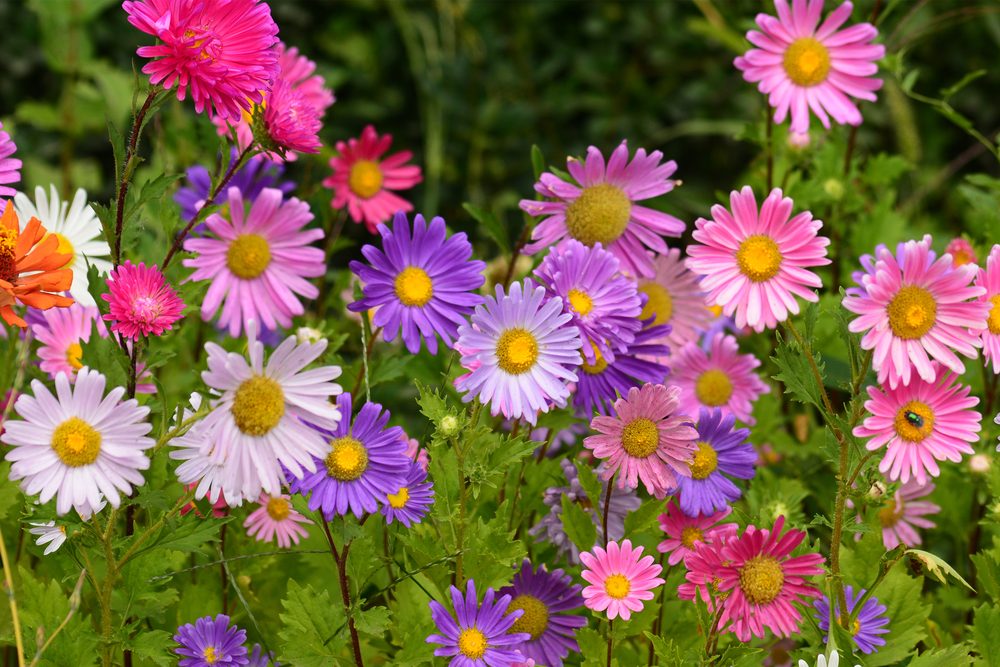
As a gardener, you are playing an important role in protecting the environment. Planting Asters not only adds beauty to your garden but also contributes to environmental conservation. Let’s explore a couple of benefits in more detail.
Aids in Soil Retention
Asters have a robust root system that holds the soil in place, helping to reduce erosion. This, in turn, prevents the loss of nutrients from the soil, making it more fertile and productive. When you plant a cluster of Asters, you are creating a natural barrier that prevents the soil from being washed away due to rain and wind.
Improves Air Quality
Plants, including Asters, help to improve air quality by absorbing pollutants and producing oxygen. Through a process called photosynthesis, Asters absorb carbon dioxide, release oxygen, and filter out harmful particles in the air. This cleaning process makes the air fresher and healthier for you and your loved ones. In addition, Asters contribute to maintaining the balance of carbon dioxide and oxygen in the atmosphere, leading to a more sustainable environment.
So, when you add Asters to your garden, you are not only enhancing its beauty but also promoting a healthier environment for yourself and everyone around you.

